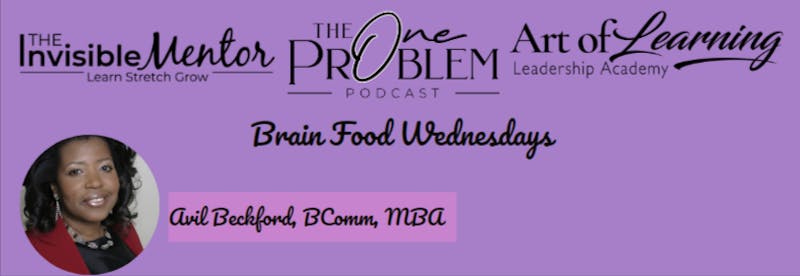Your cart is currently empty!
Brain Food Wednesdays: What Would Happen if You Mastered Selective and Strategic Reading?

Dear Reader,
In this week’s newsletter, the 150th issue, I’m writing about what would happen if you mastered selective and strategic reading?
In a world where we are constantly bombarded with information, it is more important than ever to selectively and strategically read. But what does that mean?
Selective reading is the ability to identify relevant information and disregard the rest. This is a crucial skill in today’s fast-paced world. We are constantly inundated with information, and if you’re unable to identify what is important, you’ll miss out on key opportunities.
Strategic reading goes one step further. Once you’ve identified relevant information, you need to understand how it can be used to your advantage. This requires taking the time to really think about the implications of what you’ve read and how it can be applied in a real-world situation.
Below, you’ll find the article I wrote, and I hope you find it helpful.
Ask Avil
What Would Happen if You Mastered Selective and Strategic Reading?
The top three reasons people give me for why they don’t read more are lack of time and focus, and the inability to remember key information. Today, I’ll deal with lack of time and focus.
I once talked to a CEO months ago, and she mentioned they started a book club, but had to abandon it because they couldn’t focus on the books because there was so much information in them. And the reason most professionals don’t have the time to read books has to do with their definition of what it means to read a book. They’re thinking about spending hours reading a book from cover-to-cover.
My response to not having time to read or focus is the same. And it’s meant for nonfiction books. Most nonfiction books aren’t meaty enough for you to invest oodles of time to consume them. Think of a nonfiction book as a problem-solving tool. You have a problem and you’re looking for the solutions in books. When you find the answers, you’re done with the books. You got what you needed, so you’ve read the book.
Think of the 80/20 Rule and apply it to reading books. You read twenty percent of a book to understand eighty percent of the text. The trick is to determine which twenty percent of the book to read. I’ve written several times in this newsletter about previewing a book first before you read it. And that’s what you’d do in this situation. I will not repeat the information here. If you’re new to the list and need the instructions to preview a book, please hit reply to let me know.
What I’ll say though, is that if you’re reading only the important sections of a book, reading selectively and strategically, you’re unlikely to lose focus because you’re not spending a lot of time reading non-essential information.
What I want to focus on in my response is the concept of reading syntopically. Syntopic reading is reading three to five books in relation to each other. You have an urgent workplace or business problem you must solve. When you have a problem, you need diversity in thought. Therefore, it’s important to read three to five books to find solutions to your problem. You’ll spend twenty to thirty minutes on each book.
Once again, you’re reading the book selectively and not sequentially. Create a table, and the column heading should be each book you read selectively to find the answers. You could create a row for each question you need answers for. Once again, you’ll preview the book first to decide which sections need your attention. Drop the solutions to your problems in the table, so you can see how they stack up to each other.
Join my membership site, Art of Learning Leadership Academy, at an introductory price as we build out the content on the site. Be one of the founding members.
Art of Learning Leadership Academy Membership Site
Until Next Week,
Avil Beckford, Founder, The Invisible Mentor
LinkedIn | Instagram | Twitter | Pinterest | Facebook